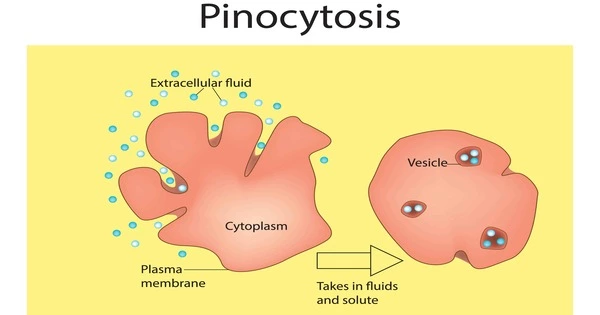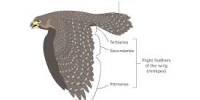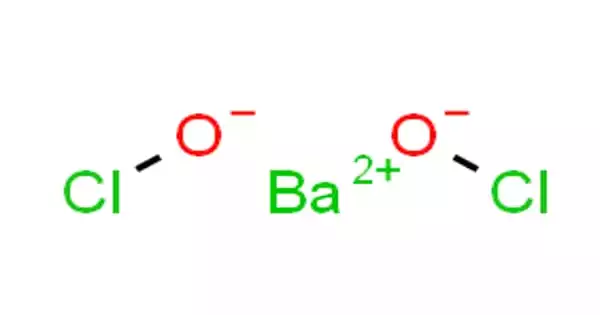The cell membrane invaginates during pinocytosis, forming small vesicles that bring extracellular fluid and its dissolved solutes into the cell. Pinocytosis, also known as fluid endocytosis and bulk-phase pinocytosis, is a type of endocytosis in which small molecules dissolved in extracellular fluid are brought into the cell via an invagination of the cell membrane and contained within a small vesicle within the cell.
Typically, these pinocytotic vesicles fuse with early endosomes to hydrolyze (break down) the particles. This process is non-specific and occurs to some extent in all cells. Pinocytosis, as opposed to phagocytosis, involves the uptake of smaller, dissolved substances by cells. It is classified into various categories based on the molecular mechanism and the fate of the internalized molecules.
Types
Pinocytosis is classified into two types: micropinocytosis and clathrin-mediated endocytosis. In micropinocytosis, the cell membrane invaginates spontaneously in response to the local concentration of extracellular fluid. Clathrins, specialized proteins, are involved in the formation of coated pits on the cell membrane, facilitating the uptake of specific substances in clathrin-mediated endocytosis.
Pinocytosis is involved in a variety of physiological processes, including nutrient uptake, immune response, and cell homeostasis maintenance. It enables cells to sample their surroundings and absorb essential nutrients and signaling molecules.
There are other types of endocytosis, such as phagocytosis and receptor-mediated endocytosis, each with specific functions and mechanisms. Pinocytosis, however, is a general term for the engulfment of fluid and dissolved substances by the cell membrane.
The process of pinocytosis involves the following steps:
- Formation of Vesicles: The cell membrane invaginates, forming small vesicles. These vesicles surround the extracellular fluid containing dissolved substances.
- Encapsulation of Fluid: The vesicles pinch off from the cell membrane, encapsulating a small amount of extracellular fluid along with any dissolved molecules or particles present in that fluid.
- Vesicle Transport: The newly formed vesicles move into the cell’s cytoplasm. Once inside, the vesicles can fuse with cellular organelles like endosomes or lysosomes, where the engulfed materials can be processed or degraded.
- Release of Contents: Depending on the nature of the ingested substances, the cell may release them into the cytoplasm for further use, or the vesicles may fuse with lysosomes for degradation.
Pinocytosis’ mechanism is not as selective as other types of endocytosis, such as receptor-mediated endocytosis. It is instead characterized by the nonspecific internalization of extracellular fluid and its contents. Once formed, the vesicle fuses with cellular organelles such as endosomes and lysosomes, which help to process and digest the internalized material.
















